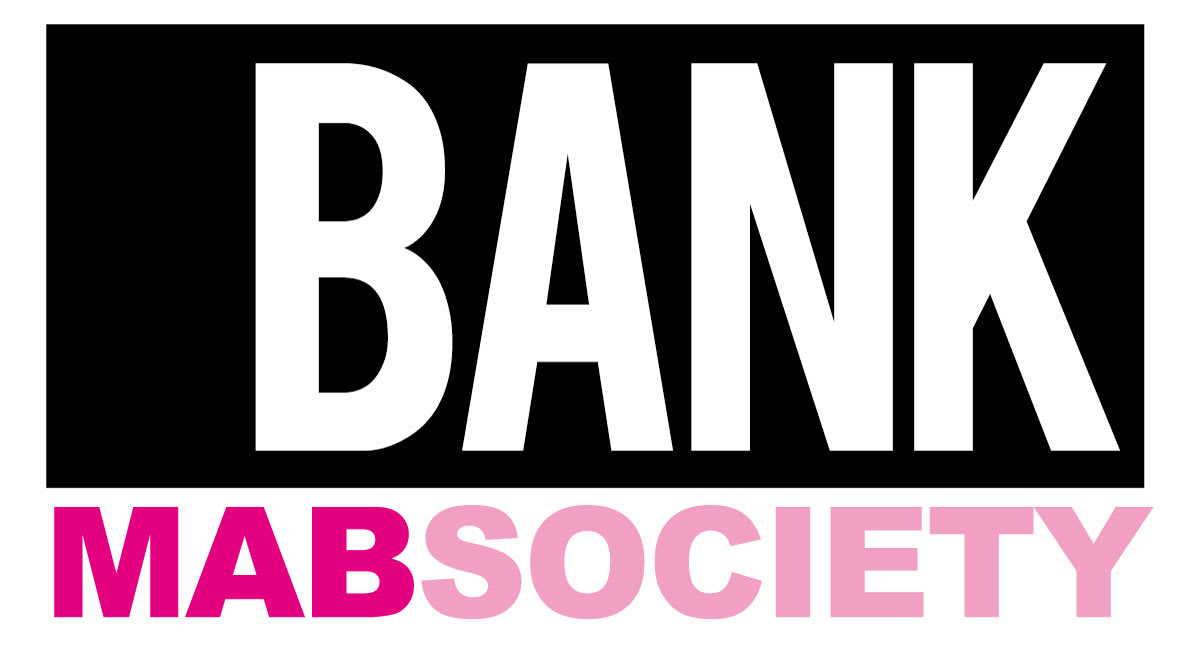Oliver Herring’s works are currently featured in “The Unruly Dance of Form” at Fragment Gallery in New York. The video work On a Pedestal (2018) by Herring explores the possibilities and limitations of a male body dressed in a white shirt, black shorts, and socks while standing atop a white pedestal. The juxtaposition of body and pedestal evokes archetypal relationships within the history of figurative sculpture. The last-minute addition of food-dyed water introduces an element of unpredictability, physically impacting the dancer’s rehearsed movements and forcing real-time adaptation. The artist, operating the camera, responds dynamically to the movement, framing Joshua within another rectangular shape. While the performance might be misread as a solo, it is, in this version, a duet. The video is accompanied by a drawing depicting the dancer from the film.
In 2017, Herring encountered life drawings by British artist Keith Vaughan, a closeted gay man who committed suicide in 1979. Vaughan’s private diaries expressed loneliness but rarely desire, whereas his life drawings—kept private—are direct and filled with open longing, free from self-censorship. Inspired by Vaughan’s work, Herring began a series of life drawings exploring sexuality, gender, and identity. The drawings are of volunteers found mostly online, usually on Craigslist. Many of the sitters have returned for multiple sessions to build narratives over time that capture aspects of their personalities, bodies, life-events, and even sexualities. Each person has different reasons for participating. Some participants feel unseen and almost invisible in this world. Others say they rarely allow themselves to be vulnerable in front of others, and as a result, they are lonely for not being fully seen. Explaining this body of work, Oliver Herring also points out that artist David Wojnarowicz wrote in his diaries about nudity, which he likened to a weapon that can be wielded to enforce visibility. It’s almost impossible not to look at a naked body.
The show explores hybrid storytelling methods—blending personal narratives, speculative fiction, and poetic reinterpretations—to expand how marginalized perspectives reimagine the intersections of queerness and architecture in profound and evocative ways. By merging lived experiences with speculative futures, these approaches construct multidimensional narratives that challenge normative frameworks. Through embodied storytelling and imaginative reconfigurations of familiar forms, spaces, and images—as well as through body modification and totemization—they reveal how queer individuals reshape the built world, envisioning spaces of inclusion, fluidity, and resistance.





